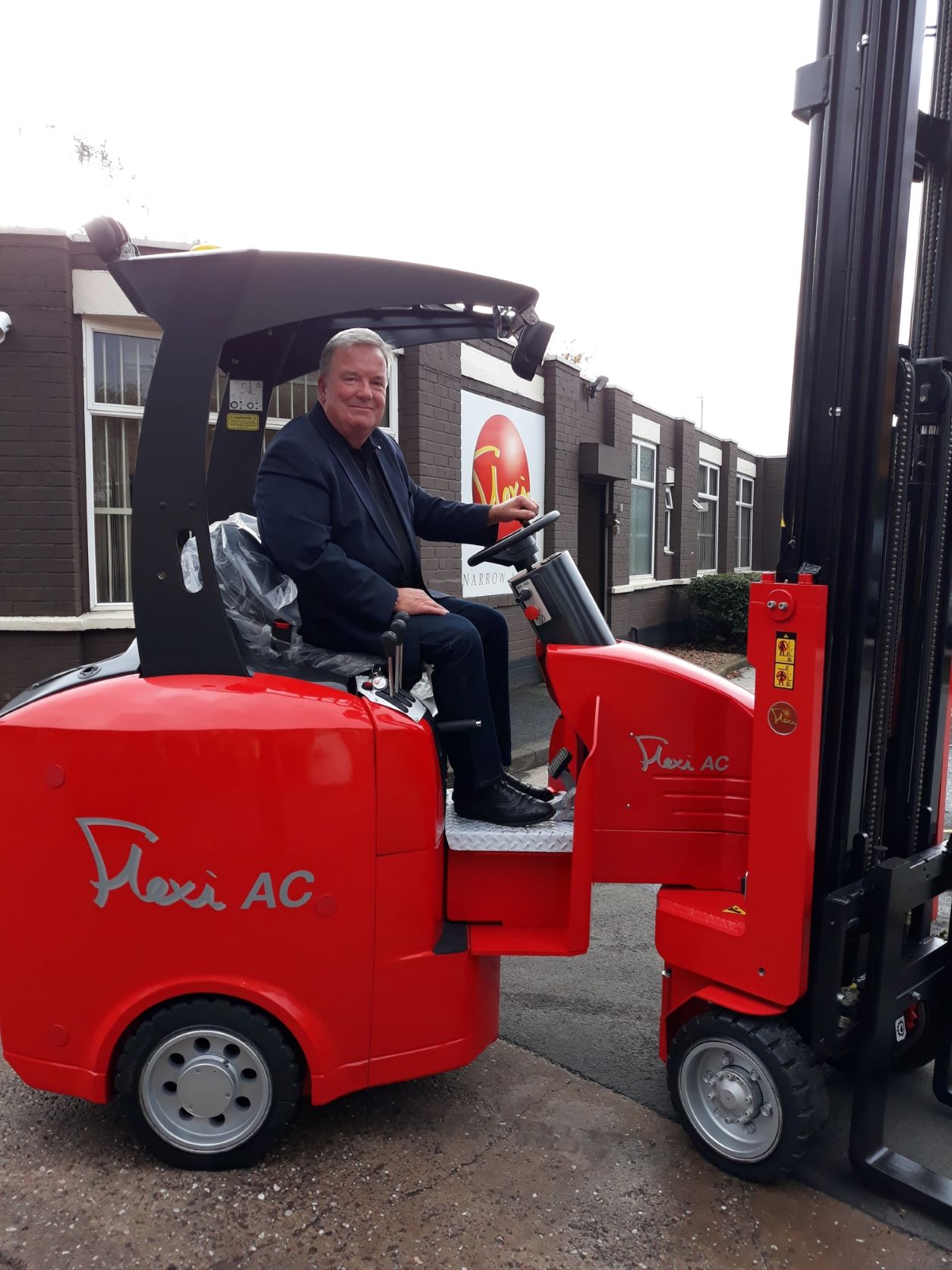JCC Lighting is part of the Leviton Group and is a market leader in cutting edge LED technology, which can enable homes and businesses to tackle rising energy costs and reduce CO2 consumption. When the company moved into its new main UK distribution centre in Lux Park in Chichester at the end of 2022, it was a chance to start with a blank canvas when it came to the choice of materials handling equipment for the 60,000ft² warehouse.
Warehouse Manager Steve Chapman had experience of using articulated trucks at the previous site in Bognor, but welcomed the opportunity to switch to the Aisle Master brand, from the Irish manufacturer Combilift. “I had admired many aspects of these trucks such as the overall build, the ergonomics and the track record of reliability, and following demos, our team of operators were also very positive. So together with John Kelley of our MHE suppliers Mexmast and taking into account the racking configuration, we worked out the best Aisle Master models for the new set up, which accommodates 7,250 pallet spaces.”
The current combination of three ride-on Aisle Masters and one stand-on AMOP (Order Picker) model has proved to be ideal for operational requirements. These comprise a mix of pallet handling – placing and picking to the full racking height of 7.5m – order picking and replenishment. “We have a heavy workload here,” said Steve. “We devan 2 containers a day on average which equates to around 120 pallets or 500 – 1000 cartons, which are brought to the goods-in area before being taken to racking with the ride-on trucks.”
With 2000 ground floor pick locations and around 100 replenishments required daily, the AMOP model has been particularly beneficial according to Chapman. “The low floor height and single step access to this order picker avoids the need for the operator to have to continually climb in and out of the cab, so from an ergonomic and H&S point of view it is superb and reduces the risk of trips, strain and fatigue. What’s more, compared to a seated truck, it’s half a minute faster per pick or replenishment task – so on a daily basis that’s around 1.5 hours of extra productivity!”
In keeping with a company that has recently achieved carbon neutrality, JCC’s trucks are all electric powered. With lift capacities of 2,000kgs, they work in aisle widths which vary from 2200mm to 3300mm, to accord with the 4’, 5’ or 6’ pallets, which weigh from around 300kg to 1,000kg. Non marking tyres and red halo safety lighting were fitted at Steve’s request: “we get a lot of customers visiting and these keep the warehouse looking smart and ensure the safety of pedestrians.” Other features such as mast mounted cameras and fork level indicators were added to make it easier for operatives to pick accurately at height.
Driver feedback was an important consideration when choosing the Aisle Masters, and they scored highly on comfort and ease of operation. Jakub Zuber, who spends most of his working day on the AMOP is impressed. “The steering and joystick operation is very smooth and sensitive and leaves you feeling totally in control.”
Chapman sums up: “By investing in these trucks we aim to ensure the smooth running of handling and picking operations as our business continues to grow. We have had no issues around reliability, unlike our previous fleet, and we have 100% peace of mind as Mexmast looks after maintenance, and John Kelley and Colin Harding of Combilift are on hand whenever we may need any further support. All in all it has been a successful project.”




